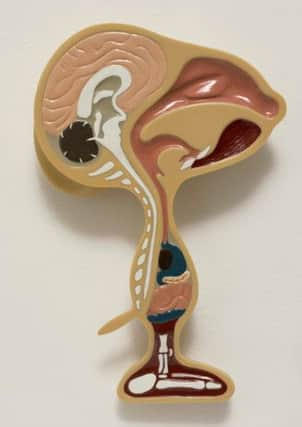A world where technology can bring ‘things’ to life


Historical and contemporary works of art, videos, machines, archaeological artefacts and iconic objects, such as a giant inflatable cartoon figure of Felix the Cat – the first image ever transmitted on TV – inhabit an ‘enchanted landscape’ where objects seem to be communicating with each other and with us.
This landscape will inhabit the De La Warr Pavilion galleries this summer.
Advertisement
Hide AdAdvertisement
Hide AdLeckey’s exhibition reflects on a world where technology can bring inanimate ‘things’ to life.
Where websites predict what we want, we can ask our mobile phones for directions and smart fridges suggest recipes, count calories and even switch on the oven.
Leckey’s theatre of ‘things’ is presented in specially designed environments.
Works by artists such as William Blake, Louise Bourgeois, Martin Creed, Richard Hamilton, Nicola Hicks, Jim Shaw and Tøyen are displayed alongside a medieval silver hand containing the bones of a saint, an electronic prosthetic hand that connects with Bluetooth, a bisected 3D model of Snoopy showing his internal organs, and many other treasures that all share connections.
Advertisement
Hide AdAdvertisement
Hide AdLoosely divided into four themes or scenes – the Vegetable World, Animal Kingdom, Mankind and the Technological Domain, Leckey’s exhibition is a collection of not-so-dumb things that all talk, literally or metaphorically, to each other.
The Universal Addressability of Dumb Things is the latest in a series of artist-curated Hayward Touring exhibitions.
For more information visit www.dlwp.com.